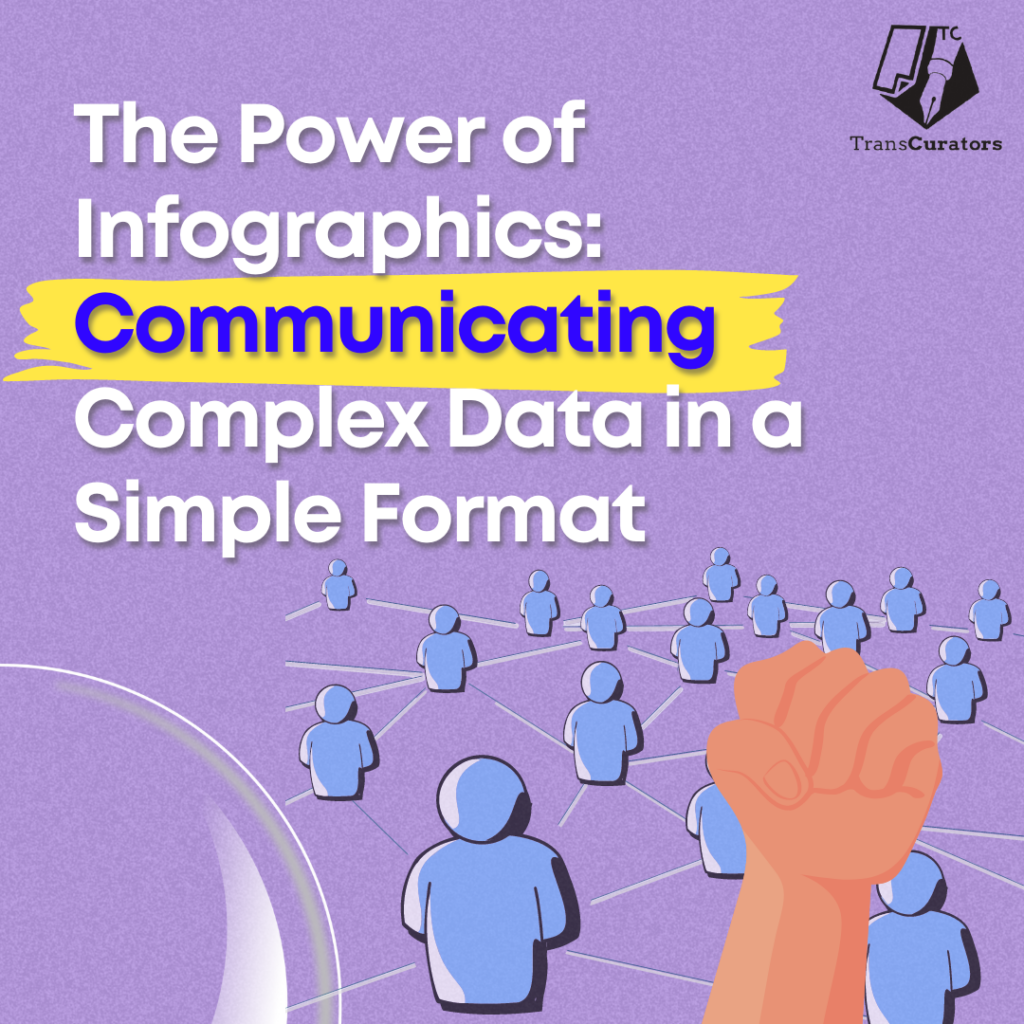Introduction
In a world where attention spans are shorter than ever, infographics have emerged as the superheroes of visual storytelling. With their power to condense complex information into bite-sized, eye-catching nuggets, infographics have become the go-to weapon for engaging audiences and making a lasting impact. But creating an infographic that truly captivates requires more than just a pretty design. It demands a strategic blend of art and science, where every color, shape, and line serves a purpose. In this article, we uncover the secrets to crafting visually stunning infographic designs that leave a lasting impression. Get ready to unlock the keys to infographic mastery and unleash your creativity in ways you never thought possible!
Top 8 Tips to Creating Visually Engaging Infographics
Listed below are the top 8 infographic design tips.
- Start with a Clear Message: Before you embark on the infographic design process, it’s crucial to establish a clear and concise message for your infographic. Define the main idea or concept you want to communicate to your audience. This will serve as the guiding principle throughout the design process, ensuring that every element and visual choice supports your core message. Without a clear objective, your creative infographic risks becoming cluttered and confusing, failing to effectively engage your viewers.
- Simplify Complex Information: One of the primary purposes of a creative infographic is to simplify complex information and make it more accessible to your audience. Instead of bombarding your viewers with an overwhelming amount of data, focus on extracting the key points and distilling them into bite-sized, easily digestible chunks. Use visuals such as charts, graphs, and icons to convey information in a visually compelling and straightforward manner. By simplifying complex information, you not only make it more comprehensible but also enhance the overall visual appeal of your infographic.
- Choose a Cohesive Color Palette: Color selection is a critical aspect of infographic design. Opt for a cohesive color palette that aligns with your brand identity and enhances the overall visual impact. A well-chosen color scheme can evoke specific emotions, establish visual harmony, and improve the readability of your infographic. Consider using contrasting colors to highlight important elements or create a sense of visual hierarchy. Remember to strike a balance between vibrant and muted tones to maintain a pleasing visual balance.
- Utilize Icons and Illustrations: Icons and illustrations are powerful visual tools that can significantly enhance the visual appeal and comprehension of your infographic. They provide a concise and intuitive way to represent complex ideas or concepts, making them more relatable and engaging for your audience. Choose icons and illustrations that are consistent in style and align with the overall theme of your infographic. Ensure that they are easily recognizable and effectively convey the intended meaning without overwhelming the design.
- Use Eye-Catching Typography: Typography is not only about choosing attractive fonts but also about maximizing readability and visual impact. Select fonts that are clear, legible, and appropriate for the content and tone of your infographic. Experiment with different font sizes, weights, and styles to create visual interest and establish a hierarchy of information. An infographic creator should consider using a combination of fonts to differentiate headings, subheadings, and body text, ensuring that each element stands out while maintaining a cohesive visual identity.
- Organize Information with Visual Hierarchy: An effective infographic design guides the viewer’s attention and presents information in a logical and organized manner. Utilize visual hierarchy to arrange your content and direct the viewer’s focus. Use size, color, and placement to emphasize key points, important data, or call-to-action elements. By creating a clear visual hierarchy, you make it easier for your audience to navigate through the infographic and absorb information more effectively.
- Balance Text and Visuals: While visuals play a crucial role in capturing attention, it’s essential to strike a balance between text and visuals in your infographic. Avoid overwhelming the design with excessive text, as it can discourage readers from engaging with the content. Instead, aim for a concise and impactful text that complements the visuals. Use text strategically to provide context, reinforce key messages, or highlight essential information. You create a visually engaging and informative infographic by maintaining a harmonious balance between text and visuals.
- Optimize for Sharing: Infographics are often shared across various platforms, so it’s crucial to optimize your design for different formats and sizes. Consider how your infographic will appear on social media feeds, websites, or presentations. Ensure that the design remains visually appealing, even at smaller resolutions or when viewed on mobile devices. Additionally, include your branding elements, such as your logo or website URL, to increase brand recognition and visibility when the infographic is shared. By optimizing your infographic for sharing, you maximize its reach and potential impact.
You can create infographics online by browsing the best websites for making infographics. Moreover, there are numerous free-of-cost platforms like Canva Infographic.
Conclusion
In a world inundated with information, the power of a visually engaging and creative infographic design cannot be overstated. By implementing the tips and strategies outlined in this article, you have the tools to create infographics that captivate, inform, and inspire. From crafting a clear message to simplifying complex information, selecting the right colors and typography, and organizing content with visual hierarchy, every design choice matters. Remember, infographic designs are not just about aesthetics; they are powerful communication tools that can transform data into compelling narratives. So go forth, unleash your creativity, and let your infographics shine as beacons of visual storytelling in a world hungry for captivating content. Get ready to engage your audience, ignite their curiosity, and make an impact that lasts. The world is waiting for your visually stunning infographics—so go ahead and design with purpose and passion!
